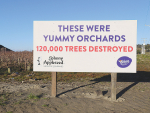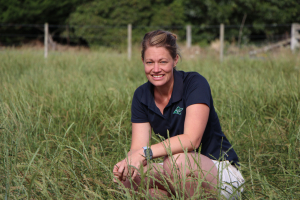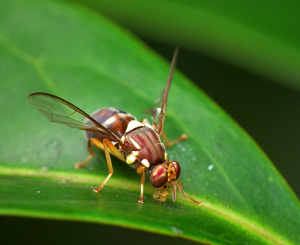Nine months on from Cyclone Gabrielle, the future of Bremworth's woollen yarn plant in Napier remains up in the air.
The listed rug and carpet maker remains in talks with insurers on whether the Napier plant can be rebuilt and the cost of rebuilding.
Speaking at Bremworth’s annual meeting last week, chair George Adams said their priorities since the cyclone have been to return the business to a stable footing and work through the insurance claim – both the damage to the Napier plant and disruption caused to business. Adams says this work is ongoing.
Bremworth’s Napier facility, which supplied 100% of dyed fibre and about 75% of yarn to its Auckland and Whanganui factories, went offline after extensive damage caused by flooding during Cyclone Gabrielle.
The closure of Napier plant impacted work at Auckland and Whanganui plants, until alternative supply was found, commissioned and brought online.
“This event also necessitated a rationalisation of our range which saw the best-selling products prioritised to utilise the limited inputs available,” says Adams.
“Our Whanganui plant and team adapted well to the deficit created because of the cyclone and increased production by over 50% to help fill the gap. Despite their heroic efforts to fill the gap we still had to find over half of our yarn requirements from elsewhere.”
The disruption also affected Bremworth’s new product development programme.
Adams says having advanced risk management plans in place meant that within a week, team members were flying to visit potential suppliers in Christchurch and overseas.
“Our commitment to our quality standards and the use of New Zealand wool remains resolute and we were able to rapidly obtain an export licence to ship our New Zealand wool fibre directly from Elco around the world for processing.
“This new international hybrid supply chain that is being developed as a result of the cyclone is expected to remove capacity constraints over time and allow us to grow at an accelerated rate.
“Naturally, our focus over the past nine months has been to replace our yarn supply as efficiently as possible and with that now largely in place, we have also been busy with new products which we look forward to launching in the first half of the calendar year 2024.”



















